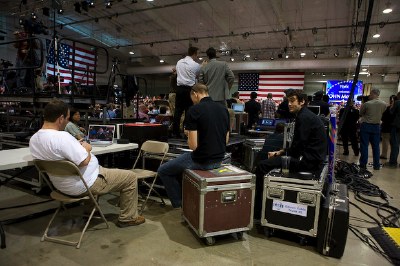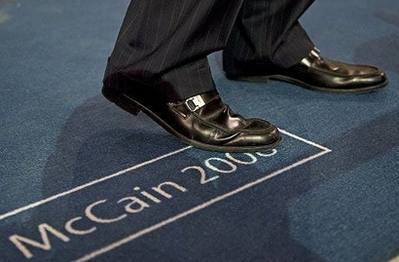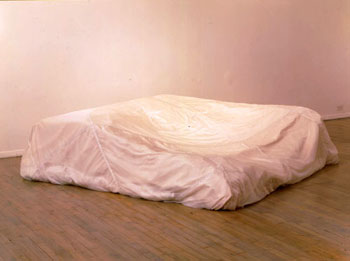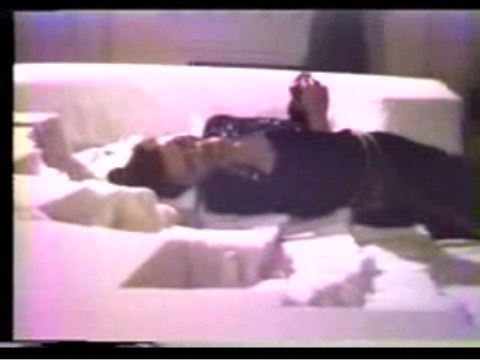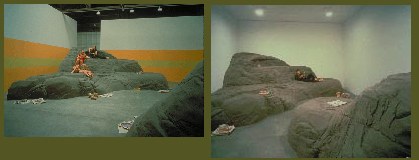No doubt, Cai Guo-Qiang has always had a tricky line to walk, working in the ephemeral, unpredictable medium of explosives and fireworks and all. The expectations for spectacle get built up in the art world among collectors and work/performance sponsors, and ideally, there’s a payoff, a takeaway, something received in return for one’s outlay. If it’s not the breathless experience of watching something explode [beautifully, one hopes], then at least there’s the scorched canvas or charred hull or whatever that can be sold or donated later as, ironically, ephemera.
[Let me say I speak with experience, as someone who felt painfully but predictably sandbagged by Cai’s rainbow firework arc across the East River, a work commissioned by MoMA to celebrate the temporary move to Queens. It is not easy to turn Kiki Smith riding a sedan chair into a highlight, but Cai’s instantly underwhelming piece somehow managed to pull it off.]
Anyway, I was never too worked up about NBC’s use of fake, computer-generated fireworks footage for Footsteps of History, the foot-shaped firework march across Beijing during the opening ceremony. Rewatching the scene, it was clear by the announcers’ careful descriptions of the magic that they were trying not to get busted for claiming it was real.
But Cai himself issued a statement that tries to declare the CG, which, by his description, amounted to a backup video for the broadcasters, as a valid work of art itself:
From my own perspective as an artist, there are two separate realms in which this artwork exists, as two very different mediums have been utilized. First, there is the artwork that exists in the material realm: the ephemeral sculpture. This was viewed by people attending the ceremonies inside the stadium and standing outside on the streets of Beijing. This artwork was documented from various vantage points on video, which has been broadcast by many international media outlets.
Second, there is a creative digital rendering of the artwork in the medium of video. It is a single version of the event viewed by a large broadcast audience. Such a conceptual work can exist simultaneously in these two separate realms. And perhaps to also take Footprints of History into this second realm was necessary because in many of my explosion events, such as Project to Extend the Great Wall of China by 10,000 Meters, the very best vantage point is not the human one.
Uh-huh. So essentially the work is designed for viewing by some omnipresent TV eye, yet the actual work isn’t good or resolved enough to be shown, only its virtual mockup? I guess it’s his prerogative, but creating CG’s of fireworks seems like a vastly different medium, substantively and conceptually, from the artist’s sculptural/performative work.
The video above shows Footprints from the human vantage point, a crowd in Tianenmen Square. Frankly, it works; it’s pretty cool, in fact, though the footprints march across the vast space and are gone before some folks in the crowd even realize they’re there. I would hope Cai managed to capture footage or images from his intended [sic], god-like vantage point. But in the mean time, the fleeting human view of Footprints of History needn’t be discounted; it’s interesting enough.
Cai Guo-Qiang Responds to Olympics Fireworks “Controversy” [art21.org via c-monster]







